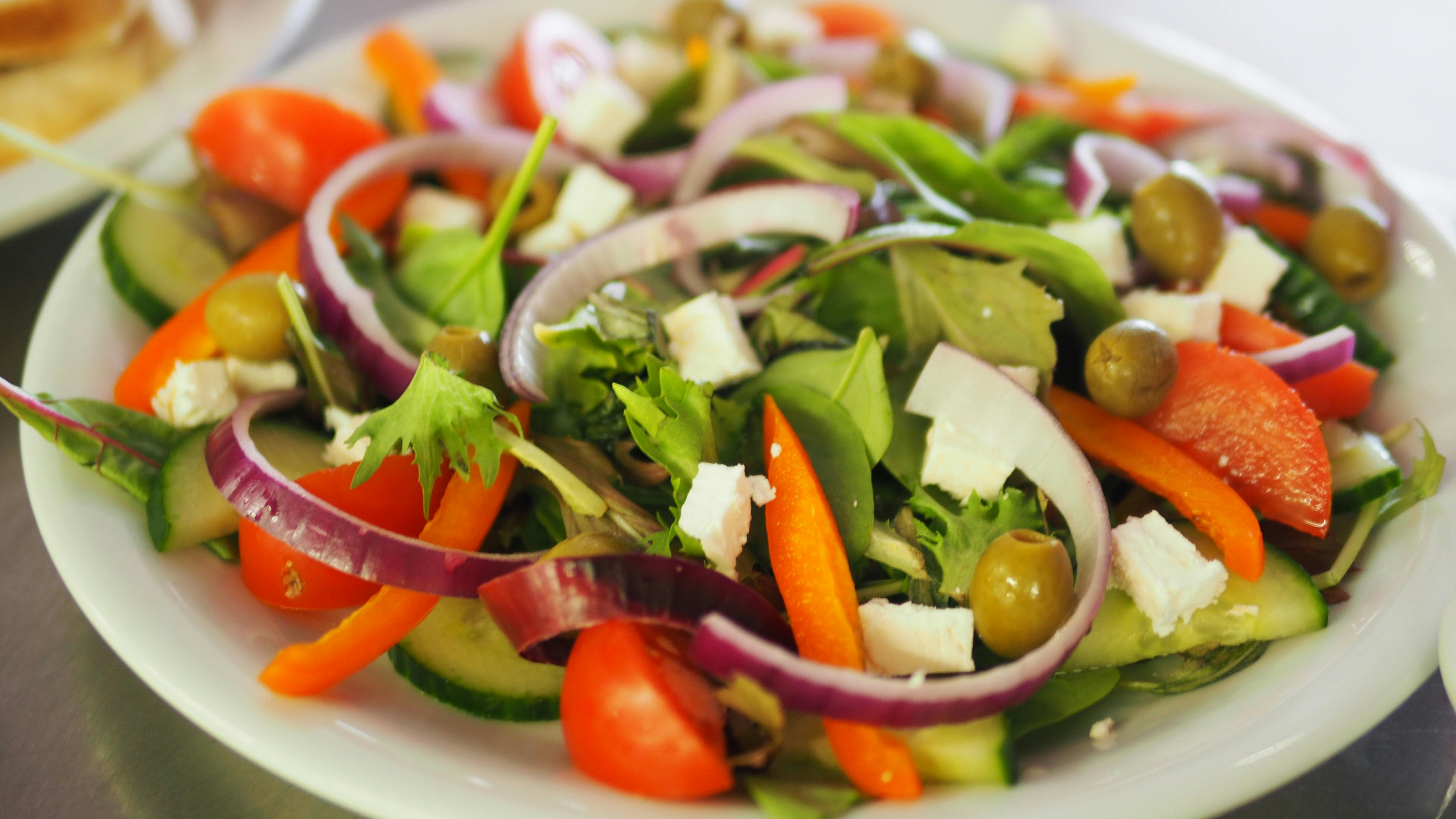
Effective Ways to Enhance Your Dog's Bland Diet in 2025
As pet owners, ensuring that our dogs maintain a healthy and balanced diet is paramount, especially when they experience digestive issues. A bland diet is often recommended during such times to help soothe their stomachs and facilitate recovery. This article delves into the concept of a bland diet for dogs, including the nutritional benefits, homemade recipes, and specific foods that can aid your canine friend's digestive health. Understanding and optimizing a bland diet not only helps in managing dog stomach issues but also assists in their overall well-being.
Additionally, we will cover key aspects such as the significance of rice and boiled chicken as staple ingredients, guidelines for preparing homemade meals, and practical tips for feeding sick dogs, ensuring you have everything you need to support their recovery effectively. By implementing these strategies, you’ll equip yourself with the knowledge to make informed decisions about your dog's diet, especially when they're faced with dietary restrictions or health challenges.
Let's explore effective ways to enhance your dog's bland diet, touching upon the best practices, practical recipes, and important considerations for keeping your pup healthy and happy.
Understanding the Basics of a Bland Diet for Dogs
A bland diet for dogs is typically recommended to help dogs recover from gastrointestinal disturbances such as diarrhea, vomiting, or changes in appetite. This dietary approach usually consists of easily digestible foods that are low in fat and rich in carbohydrates. The primary goal is to ease the digestive process and minimize any irritation to the gastrointestinal tract.
What to Include in a Bland Diet
Key components of a bland diet for dogs may include:
- Boiled Chicken: Skinless and boneless chicken is a protein source that's easy to digest, making it an excellent choice for stimulating your dog’s appetite while providing essential nutrients.
- Rice: Plain white rice is often recommended as it is gentle on the stomach and serves as a binding agent to firm up loose stools.
- Potatoes: Mashed potatoes without any butter or seasoning can also be included, serving as a good carbohydrate source.
Combining these foods creates a simple yet effective dietary regimen for dogs experiencing stomach issues.
Benefits of a Bland Diet for Dogs
There are several benefits associated with implementing a bland diet for dogs, including:
- Soothing the Stomach: Bland foods reduce the likelihood of further irritation to an already sensitive digestive system.
- Enhanced Digestion: Simple ingredients like boiled chicken and rice are easier for dogs to digest, easing the recovery process.
- Hydration Support: Ensuring these meals are prepared with adequate moisture can encourage hydration, vital for dogs suffering from diarrhea.
These aspects are essential in managing your dog's health and providing relief during uncomfortable episodes, making them crucial for recovery.
Homemade Bland Diet Recipes for Dogs
Preparing homemade bland diet recipes for dogs allows owners to control the ingredients, ensuring they meet their dog’s specific dietary needs. Easy and nutritious recipes can foster recovery and enhance the dog's overall health.
Rice and Chicken Recipe
This classic dish involves cooking rice with boiled chicken, providing a balanced mix of protein and carbohydrates. To prepare, follow these steps:
- Boil 1 cup of water and add half a cup of rice.
- In a separate pot, boil 1 chicken breast, shredding it once fully cooked.
- Mix the chicken with the rice, allowing the meal to cool before serving.
This simple recipe offers a gentle yet filling option for dogs recovering from digestive issues.
Vegetable Additions for Nutritional Value
Incorporating certain vegetables can add additional nutritional value, such as:
- Carrots: Rich in vitamins and fiber, they can be boiled and mashed to make them easier for dogs to consume.
- Pumpkin: Known for its beneficial effect on digestive health, canned (100% pumpkin) can be added in small amounts to meals.
Always ensure that new ingredients are introduced gradually to monitor for any digestive upset.
Best Practices for Feeding a Sick Dog
When transitioning your dog to a bland diet, there are several best practices to ensure a smooth process. Start small and slowly adjust portions according to your dog's response to the new meal plan.
Portion Control and Feeding Frequency
It is crucial to adapt the feeding schedule and portion sizes to avoid overwhelming your dog's digestive system. Consistent smaller meals are often recommended. For instance, providing meals three to four times per day in reduced quantities can enhance recovery.
Monitoring Your Dog’s Reaction
Regularly monitor your dog's response to the bland diet. Look for signs of improvement, such as a normalization in bowel movements, increased energy, or restored appetite. If symptoms persist, consult your veterinarian to discuss adjustments or alternative dietary options.
Conclusion: Supporting Your Dog’s Diet and Health
Transitioning your dog to a bland diet is a practical step when managing gastrointestinal issues. Whether utilizing rice for dog diets or creating special homemade meals, understanding your dog's nutritional needs is essential as you navigate their recovery. Implementing these effective methods not only supports digestive health but also aids your dog in returning to their usual vibrant selves.